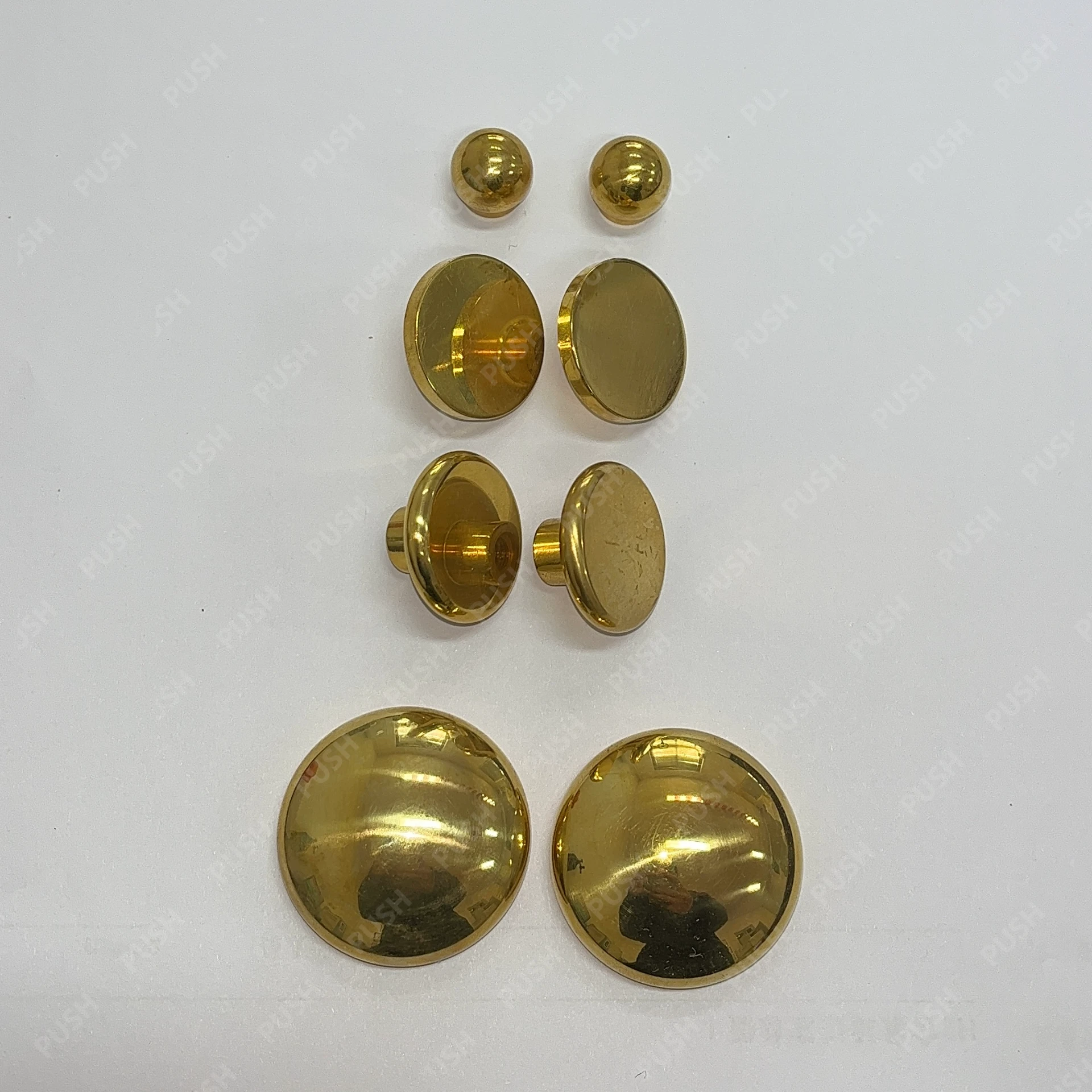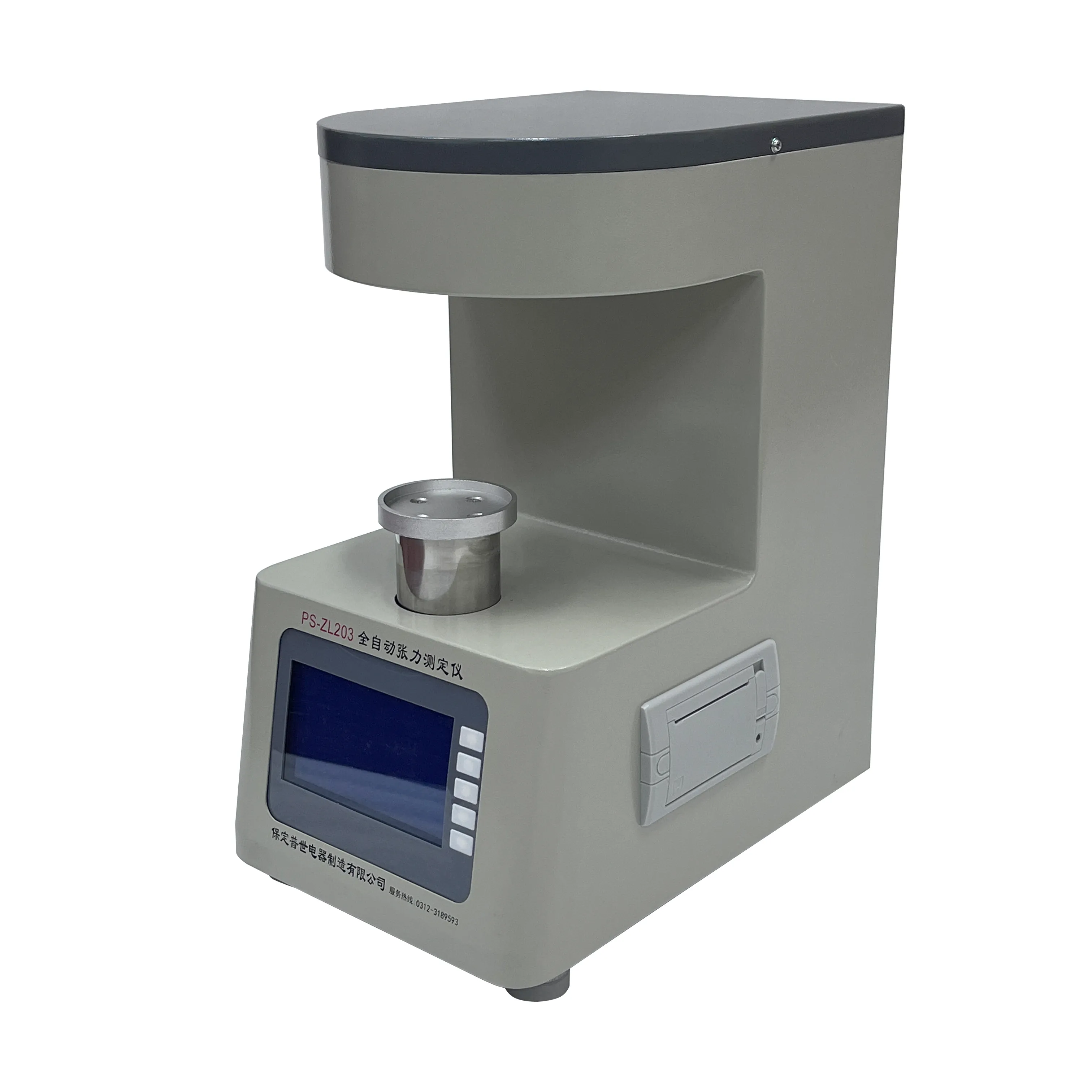TEL:
+86-0312-3189593
 English
English

Telephone:0312-3189593

Email:sales@oil-tester.com

-
 Afrikaans
Afrikaans -
 Albanian
Albanian -
 Amharic
Amharic -
 Arabic
Arabic -
 Armenian
Armenian -
 Azerbaijani
Azerbaijani -
 Basque
Basque -
 Belarusian
Belarusian -
 Bengali
Bengali -
 Bosnian
Bosnian -
 Bulgarian
Bulgarian -
 Catalan
Catalan -
 Cebuano
Cebuano -
 China
China -
 China (Taiwan)
China (Taiwan) -
 Corsican
Corsican -
 Croatian
Croatian -
 Czech
Czech -
 Danish
Danish -
 Dutch
Dutch -
 English
English -
 Esperanto
Esperanto -
 Estonian
Estonian -
 Finnish
Finnish -
 French
French -
 Frisian
Frisian -
 Galician
Galician -
 Georgian
Georgian -
 German
German -
 Greek
Greek -
 Gujarati
Gujarati -
 Haitian Creole
Haitian Creole -
 hausa
hausa -
 hawaiian
hawaiian -
 Hebrew
Hebrew -
 Hindi
Hindi -
 Miao
Miao -
 Hungarian
Hungarian -
 Icelandic
Icelandic -
 igbo
igbo -
 Indonesian
Indonesian -
 irish
irish -
 Italian
Italian -
 Japanese
Japanese -
 Javanese
Javanese -
 Kannada
Kannada -
 kazakh
kazakh -
 Khmer
Khmer -
 Rwandese
Rwandese -
 Korean
Korean -
 Kurdish
Kurdish -
 Kyrgyz
Kyrgyz -
 Lao
Lao -
 Latin
Latin -
 Latvian
Latvian -
 Lithuanian
Lithuanian -
 Luxembourgish
Luxembourgish -
 Macedonian
Macedonian -
 Malgashi
Malgashi -
 Malay
Malay -
 Malayalam
Malayalam -
 Maltese
Maltese -
 Maori
Maori -
 Marathi
Marathi -
 Mongolian
Mongolian -
 Myanmar
Myanmar -
 Nepali
Nepali -
 Norwegian
Norwegian -
 Norwegian
Norwegian -
 Occitan
Occitan -
 Pashto
Pashto -
 Persian
Persian -
 Polish
Polish -
 Portuguese
Portuguese -
 Punjabi
Punjabi -
 Romanian
Romanian -
 Russian
Russian -
 Samoan
Samoan -
 Scottish Gaelic
Scottish Gaelic -
 Serbian
Serbian -
 Sesotho
Sesotho -
 Shona
Shona -
 Sindhi
Sindhi -
 Sinhala
Sinhala -
 Slovak
Slovak -
 Slovenian
Slovenian -
 Somali
Somali -
 Spanish
Spanish -
 Sundanese
Sundanese -
 Swahili
Swahili -
 Swedish
Swedish -
 Tagalog
Tagalog -
 Tajik
Tajik -
 Tamil
Tamil -
 Tatar
Tatar -
 Telugu
Telugu -
 Thai
Thai -
 Turkish
Turkish -
 Turkmen
Turkmen -
 Ukrainian
Ukrainian -
 Urdu
Urdu -
 Uighur
Uighur -
 Uzbek
Uzbek -
 Vietnamese
Vietnamese -
 Welsh
Welsh -
 Bantu
Bantu -
 Yiddish
Yiddish -
 Yoruba
Yoruba -
 Zulu
Zulu
فېۋرال . 15, 2025 23:03
Back to list
dc winding resistance tester
Navigating the intricate world of electrical testing equipment can be complex, particularly when deciding on the right winding resistance meter for your needs. Understanding the price range is essential, but equally important are factors such as reliability, accuracy, and the underlying technology of the meters available in the market. With my extensive expertise in electrical engineering and product evaluation, I am here to provide you with a comprehensive guide that delves into the nuances of these vital pieces of equipment.
The authority in the market is often dictated by brands with a long-standing history of delivering exceptional quality. Names like Megger, Omicron, and Doble have established themselves as leaders due to their innovative designs and customer-focused approach. Investigating each brand's legacy, technological advancements, and customer service can provide insight into their trustworthiness and ensure you are making a well-informed investment. To assess the trustworthiness of a winding resistance meter, examine the after-sale service intricacies. A robust support infrastructure that includes quick turnarounds for service requests, availability of replacement parts, and accessibility to knowledgeable customer support staff is indicative of a trustworthy provider. Checking reviews on platforms such as Trustpilot or industry-specific forums can further clarify the reliability of the after-sales service. In terms of experience, professionals who utilize these meters on a daily basis value certain practical aspects; portability, the speed of measurement, and intuitive user interfaces are frequently highlighted. Complicated setups or bulky devices can hinder productivity, especially in a fast-paced environment where multiple measurements are required quickly. Investing in a model with a solid balance of functionality and ease of use can make a significant difference in operational efficiency. Ultimately, aligning your purchase decision with these key parameters—price, reliability, authority, and trustworthiness—will ensure that you acquire a winding resistance meter that enhances your testing operations and offers a solid return on investment. As the market evolves, keeping abreast of the latest trends and technologies will further empower you to make informed decisions that keep your equipment and operations running in optimal condition.


The authority in the market is often dictated by brands with a long-standing history of delivering exceptional quality. Names like Megger, Omicron, and Doble have established themselves as leaders due to their innovative designs and customer-focused approach. Investigating each brand's legacy, technological advancements, and customer service can provide insight into their trustworthiness and ensure you are making a well-informed investment. To assess the trustworthiness of a winding resistance meter, examine the after-sale service intricacies. A robust support infrastructure that includes quick turnarounds for service requests, availability of replacement parts, and accessibility to knowledgeable customer support staff is indicative of a trustworthy provider. Checking reviews on platforms such as Trustpilot or industry-specific forums can further clarify the reliability of the after-sales service. In terms of experience, professionals who utilize these meters on a daily basis value certain practical aspects; portability, the speed of measurement, and intuitive user interfaces are frequently highlighted. Complicated setups or bulky devices can hinder productivity, especially in a fast-paced environment where multiple measurements are required quickly. Investing in a model with a solid balance of functionality and ease of use can make a significant difference in operational efficiency. Ultimately, aligning your purchase decision with these key parameters—price, reliability, authority, and trustworthiness—will ensure that you acquire a winding resistance meter that enhances your testing operations and offers a solid return on investment. As the market evolves, keeping abreast of the latest trends and technologies will further empower you to make informed decisions that keep your equipment and operations running in optimal condition.
Previous:
Latest news
-
Testing Equipment Industry Sees Major Advancements in 2025: Smart & Precision Technologies Lead the WayNewsJun.06,2025
-
Applications of Direct Current Generators in Renewable Energy SystemsNewsJun.05,2025
-
Hipot Tester Calibration and Accuracy GuidelinesNewsJun.05,2025
-
Digital Circuit Breaker Analyzer Features and BenefitsNewsJun.05,2025
-
Benefits of Real-Time Power Quality Monitoring Devices for Industrial EfficiencyNewsJun.05,2025
-
Earth Fault Loop Testing in High-Rise Building Electrical SystemsNewsJun.05,2025



